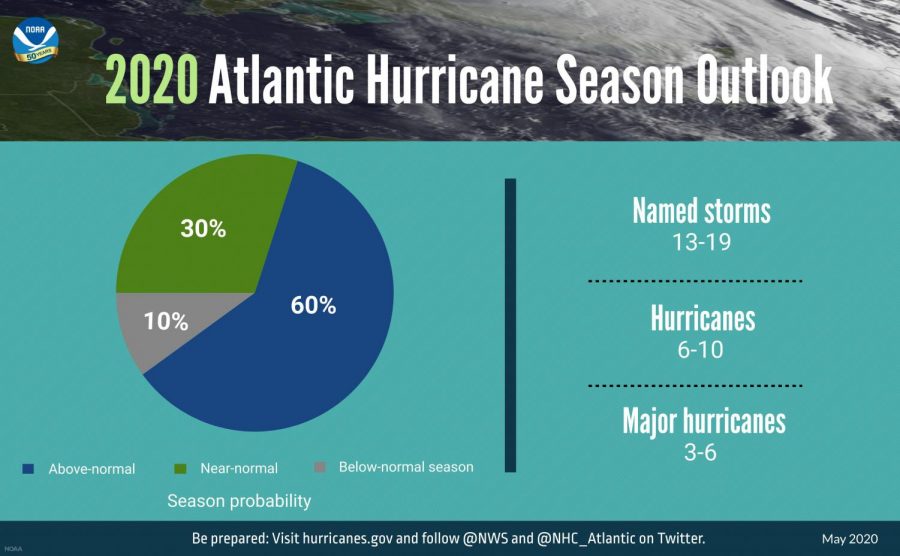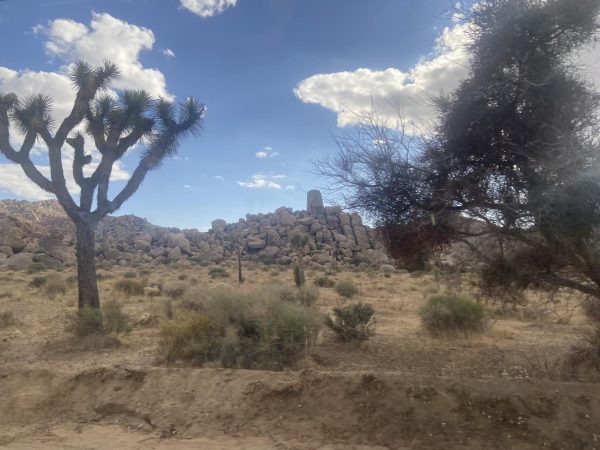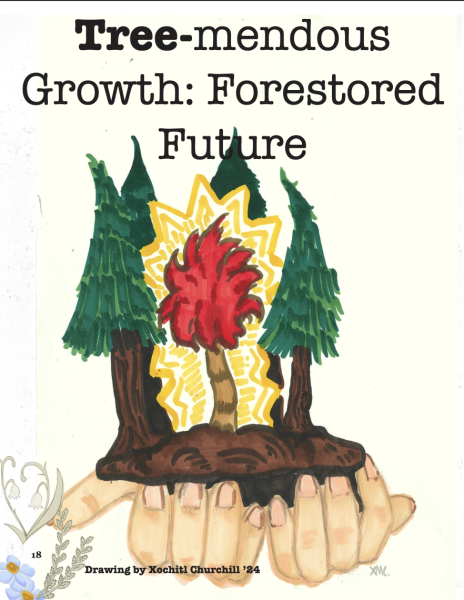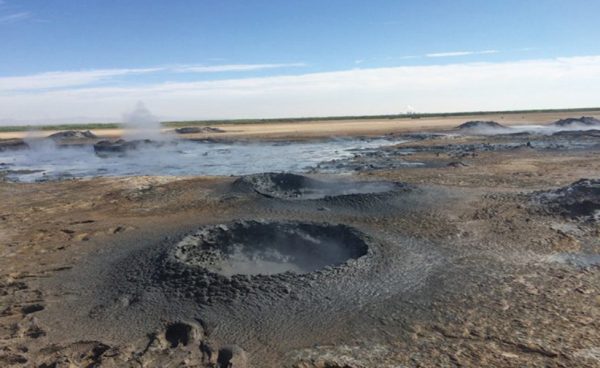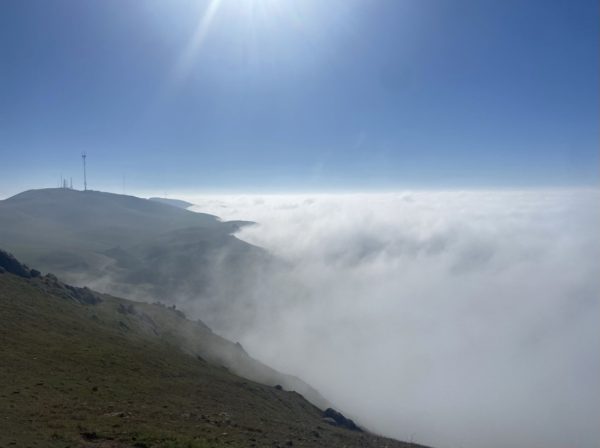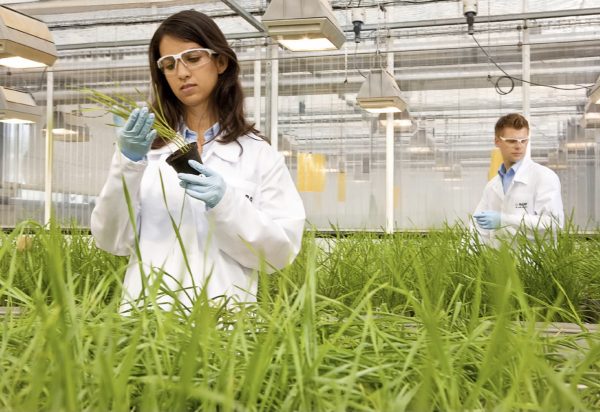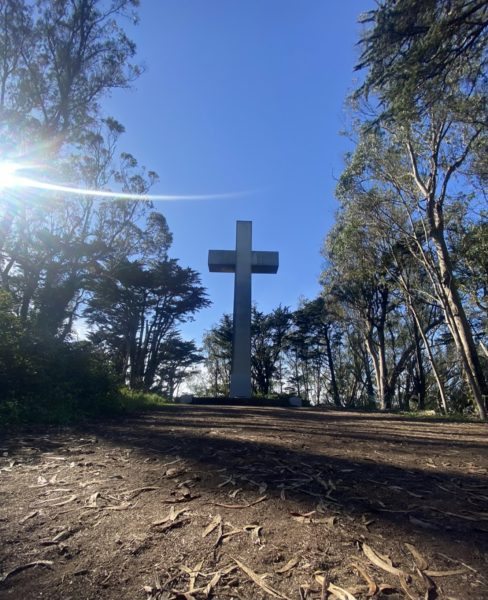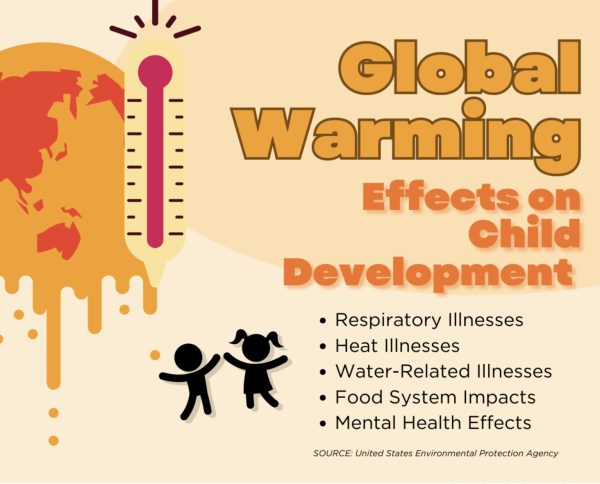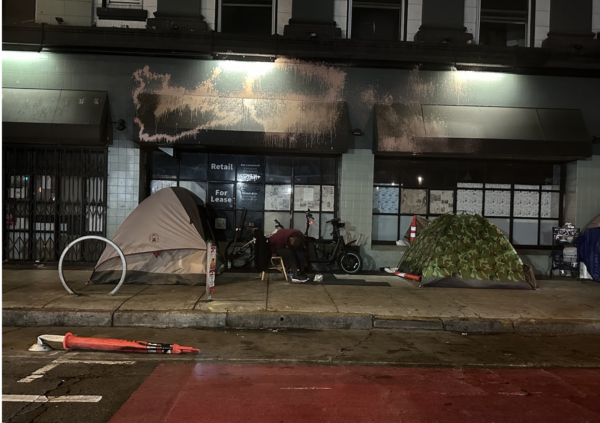Hurricane Season: so many storms, so few names
There were so many storms this season that the National Hurricane Center ran out of traditional names for all of them.
November 6, 2020
In the midst of all the problems 2020 has provided us with, Mother Nature decided to join in the fray as hurricane season has reached its peak.
Tropical Storm Beta recently formed in the Gulf of Mexico, being the last of the 23 storms to have brewed this year. The 21 pre-approved names for this year’s storms were already used, with six of the storms becoming hurricanes, and two, Laura and Teddy, becoming major hurricanes at a strength of Category 4.
As a result, forecasters have had to result to using the Greek Alphabet in naming newly-formed storms for the second time in history. The first time this happened was in 2005, when its deadly hurricane season gave birth to Tropical Storm Alpha, Hurricane Beta, Tropical Storm Gamma, Tropical Storm Delta, Hurricane Epsilon, and Tropical Storm Zeta.
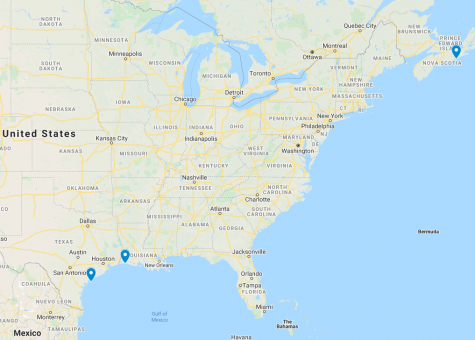
Former member of The Crusader staff, Antonio Maffei ’20, now majoring in meteorology at Skyline College, said, “The 2020 hurricane season ends on Nov. 30. We have had a very active year, the second most active season behind the 2005 hurricane season. So far, there have been 27 tropical or subtropical cyclones, 26 named storms, 10 hurricanes, and four major hurricanes. This season has also been the second season on record to move past the primary name list and onto the Greek alphabet names.”
The first storm labeled with a Greek letter was Subtropical Storm Alpha, which formed off the coast of Portugal on Sept. 18. Subtropical Storm Beta was expected to be short-lived but brought strong winds and heavy rain to the country.
Not long after this, Tropical Depression 22 was officially named Tropical Storm Beta by the National Hurricane Center. Tropical Storm Beta is currently drenching parts of the Southeast of the United States of America, with showers and thunderstorms moving towards the mid-Atlantic.
Before this, the most notable hurricanes that have occurred this year were Hurricane Laura and Hurricane Teddy. Hurricane Laura was a devastating Atlantic Hurricane that hit the midwest of the United States of America in late August, tying the 1856 Last Island hurricane as the strongest hurricane on record to hit the state of Louisiana. The Hurricane produced deadly results such as a 17-foot surge, validating its predictions of being unsurvivable, rendering areas uninhabitable for an extended period.
Maffei said, “So far, Laura has been the strongest hurricane to make landfall in the United States this season. Laura was a deadly and destructive Category 4 hurricane that tied with the 1856 Last Island hurricane as the strongest on record to make landfall in Louisiana, as measured by maximum sustained winds.”
He added, “It caused $14 billion in damage, even taking out the NWS radar tower in Lake Charles, LA.”
Hurricane Teddy was just as immense, with the 1,000 mile wide storm slamming into Canada. The majority of past storms this year have acted in a different manner, passing through quickly and being short-lived.
The National Hurricane Center is now predicting a total of 28 storms, which would tie the record with the hurricane season in 2005 for most storms ever in a season. Thirteen hurricanes and six major hurricanes, Category 3 or stronger, are predicted in the latest seasonal outlook released this week.
Summarizing this year’s hurricane season, Maffei said, “A large majority of the hurricanes have to do with La Niña. During La Niña, westerly winds high in the atmosphere tend to weaken, resulting in an expanded area of low vertical wind shear. Wind shear tends to weaken hurricanes and prevents them from forming, however, due to the weak shear accredited to La Niña, this allows for more hurricanes to develop and become stronger.”


